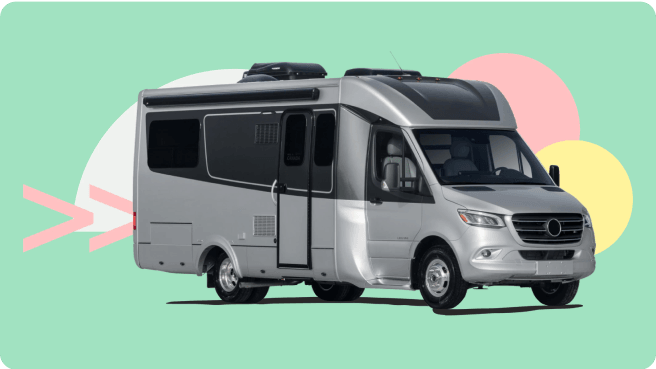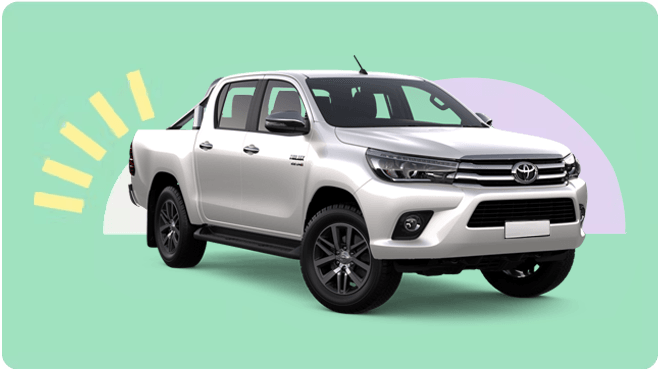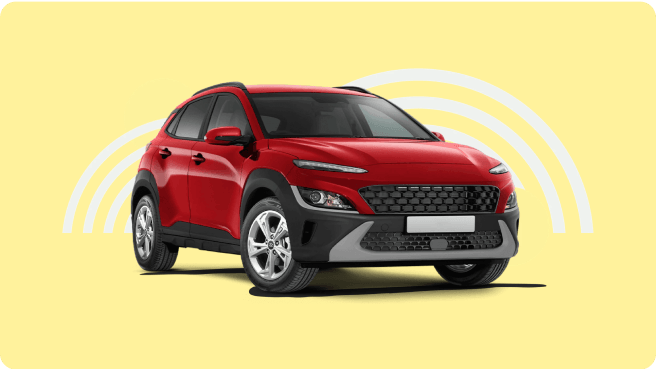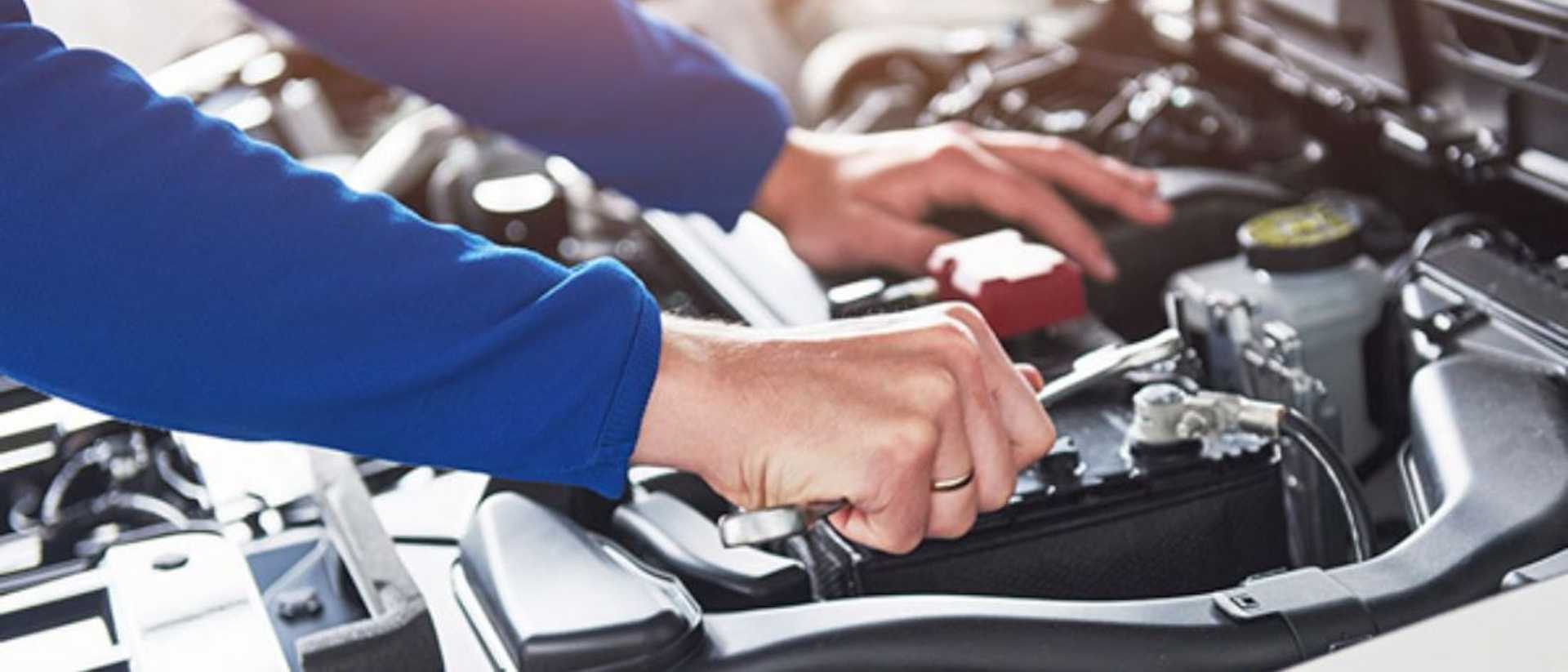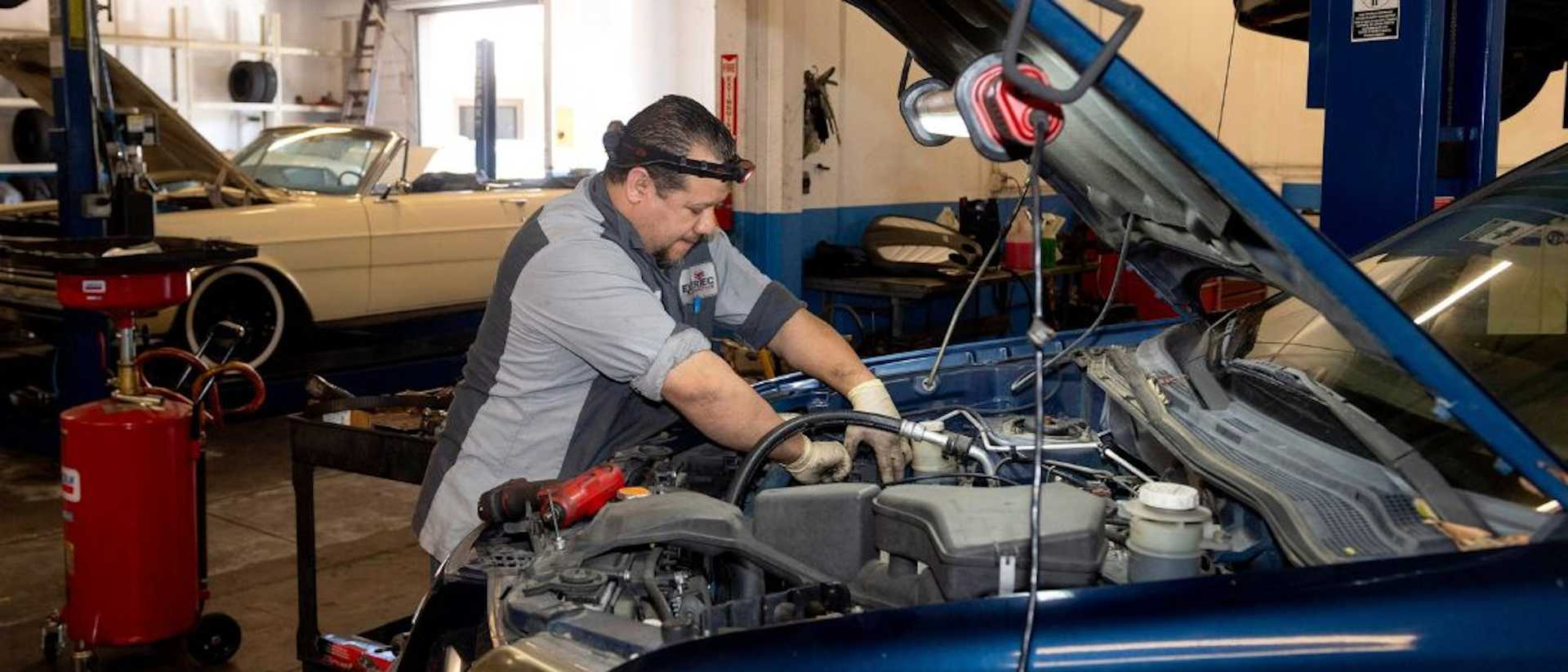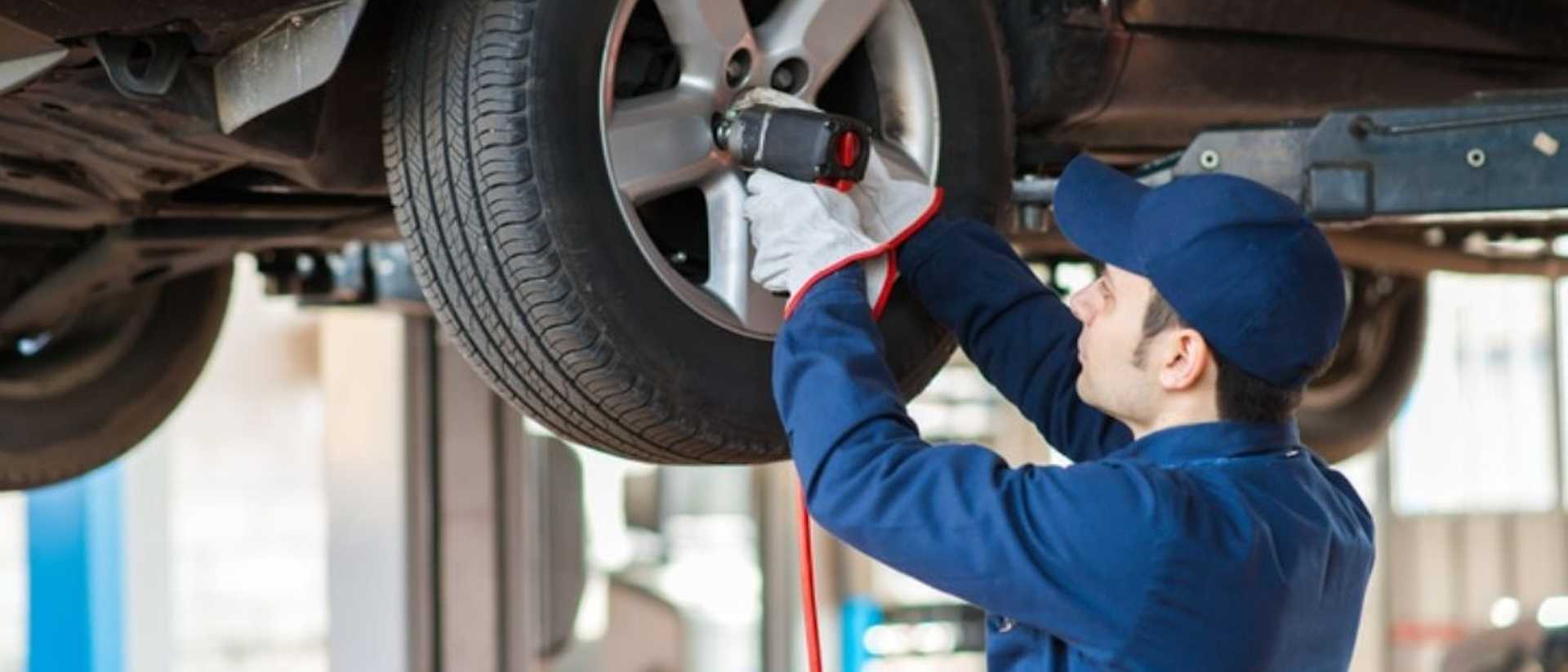Electric Car Charging: The Definitive Guide
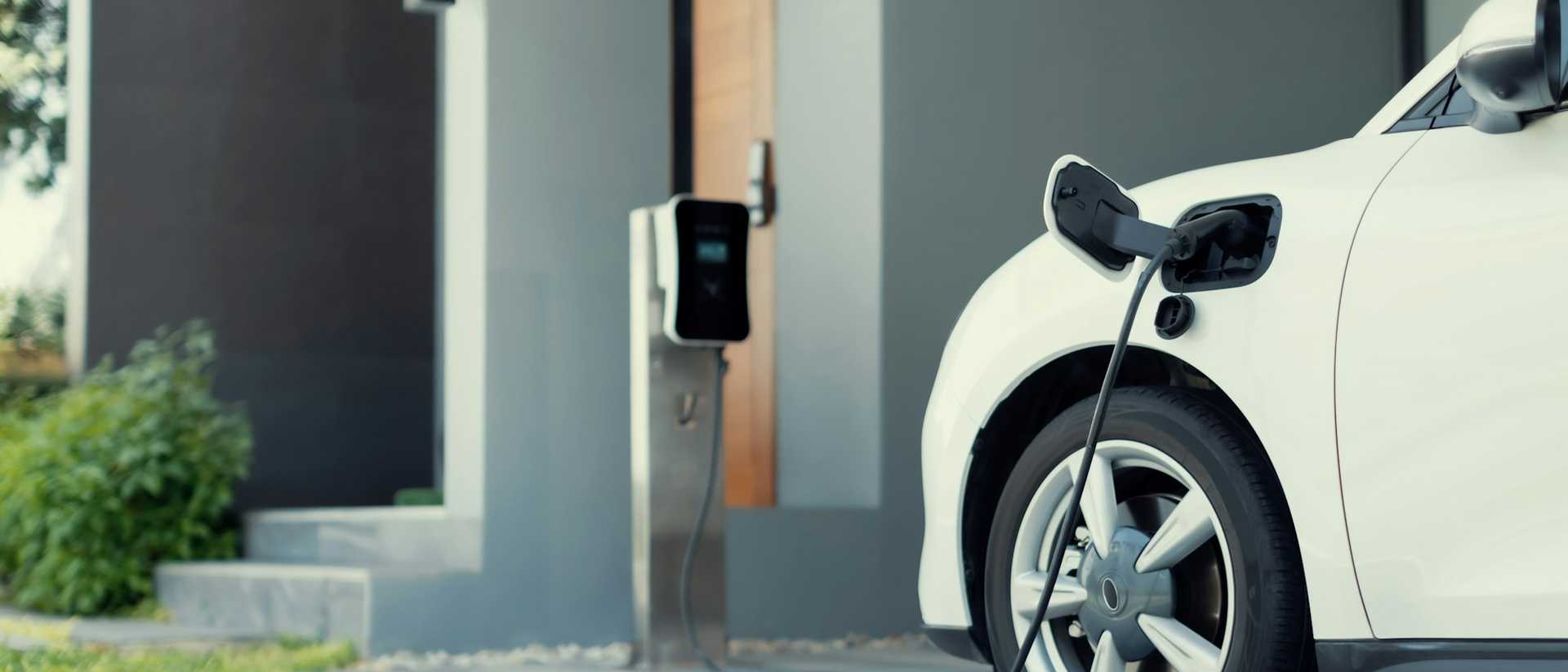
More and more Australians are making the switch to electric cars. And with good reason—they're not only better for the environment but also cheaper to run. And with the latest advancements in electric car technology, the amount of performance and range you can expect from an EV is truly exciting!
However, if you're thinking about buying an electric car, charging may seem like a bit of a mystery. How do you go about charging your electric car? What type of charger do you need? How long does it take? We're here to provide you with the answers to these questions and more!
The different types of chargers
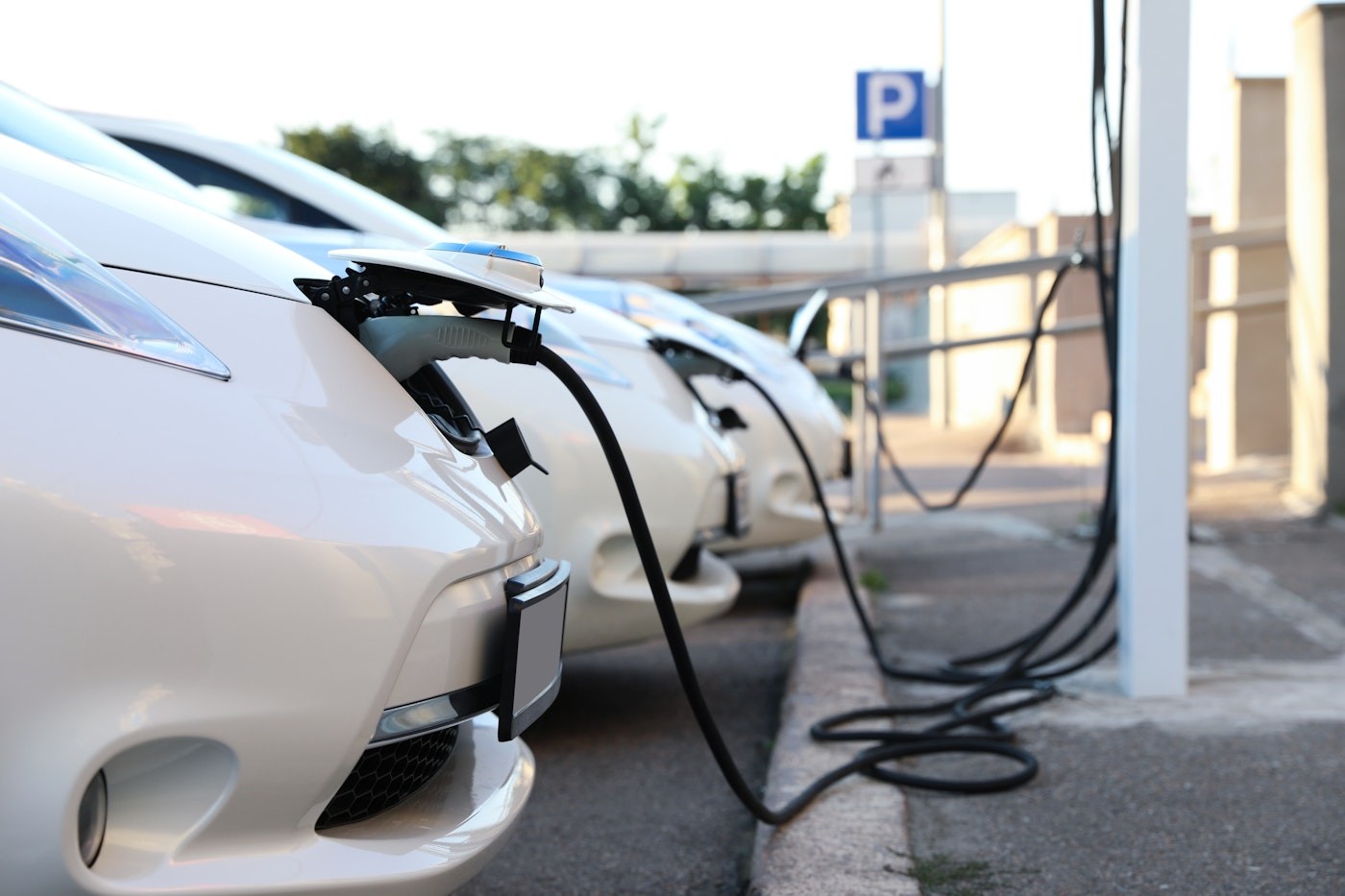
Everyone knows how to top up their petrol tank. Simply pull into a petrol station, select your fuel type (petrol or diesel), pay the cashier, and away you go. But when it comes to charging an electric vehicle, the process is a little bit different (and not as expensive!).
To give your electric car the juice it needs, you'll need to use an at-home wall box or a public EV charging station (technically known as EVSE - electric vehicle supply equipment).
Charging an electric vehicle can be done in a variety of different ways - from Level 1, where power is delivered slowly and steadily over time, to Tesla's Supercharging system which provides the fastest charge available. Depending on the capabilities of your car model and charger type, you can expect to charge your electric car from 0 to 80% in anything from 30 minutes to 8 hours.
There are three main types of chargers available for electric cars:
Level 1
Level 1 charging, otherwise known as trickle charging, is the slowest charging option available and requires only a regular wall outlet.
Level 2
Level 2 EV charging, or intermediate charging, can be achieved at home and by using public EV charging stations. A home wall charger can charge your EV three times faster than Level 1, bumping the power up to 7.2 kW. On the other hand, public AC chargers can reach an impressive 22 kW of power output!
Level 3
Level 3 EV charging, or "fast charging," is the quickest and most potent type of charger available. With a power output reaching up to 350 kW, it can charge your electric car in minutes. There are over 3000 public EV charging stations across Australia, with slightly less than 500 of those being DC fast chargers. However, the Federal Government has announced its investment in the National Ultrafast EV Charging Infrastructure Network which will see a significant rollout of high-powered Level 3 chargers across the country. This means drivers of electric vehicles will soon have less to worry about when it comes to range and more freedom to drive their EVs as far as they like!
How long does it take to charge a car?
.jpg)
Traditional hybrid car owners might have regenerative braking on their side to help power up their cars, but BEV (Battery Electric Vehicle) and PHEV (Plug-in Hybrid Electric Vehicle) owners need chargers to keep them on the road.
Charging an electric car depends on the size of its battery, the type of charger used, and other factors. If you’re relying on a standard wall socket, then for every hour of charging, expect about 10km of driving range. But if you have access to a wall box charger, you can triple this rate and get roughly 30km of range in an hour. Using a public AC charger will increase your EV charging speed even more - between 15 and 30km of range per hour depending on the EV’s maximum charge rate. And finally, utilizing fast DC charging, every 10 minutes should offer as many kilometers as your EV’s charging rate (ie: 50kW equals 50km every 10 minutes).
Are EV charging stations free in Australia?
When deciding whether to purchase an electric vehicle the question, "Is it free to charge electric cars?" usually pops up. The simple answer is yes, but there could be a catch.
While EV enthusiasts will appreciate the convenience of recharging for free, it’s a good idea to be aware that this may involve certain conditions. For example, you may have to wait in line to get access to a public charger or be limited to a certain amount of electricity for free. Additionally, whilst many EV chargers are located for your convenience in places like shopping centres, restaurants, and clubs, there might be an expectation that drivers give nearby businesses their customers while they wait for their EV car to charge.
Beyond free public charging, the cost of charging your EV varies depending upon such factors as the charger's power output and the electricity tariff. Home wall chargers are typically cheaper than public charging stations, with Level 1 at home charging usually costing between $0.15 and $0.30 per kWh. Public charging can range from $0.20 to $0.60 per kWh, depending on the charging speed and the network provider.
Can you plug an electric car into a regular outlet?
Yes, you can plug your electric car into a regular outlet. However, when charging at home, rechargeable electric vehicle batteries must be charged by a dedicated EV charger, that tansforms Alternating Current (AC) electricity into Direct Current (DC) electricity. This is because an EV battery can only store and use DC power.
When you first purchase a new EV, you will get a Level 1 charging cable included in the package. This is a basic EV charger (or "trickle" charger) that plugs into a regular household outlet. Beyond this, many EV drivers choose to install wall boxes in their homes for faster charging times. However, if you simply wish to use a regular outlet, you can still do so with a Level 1 charger. After all, it is what the majority of EV do - top up their electric vehicles overnight after a day of driving.
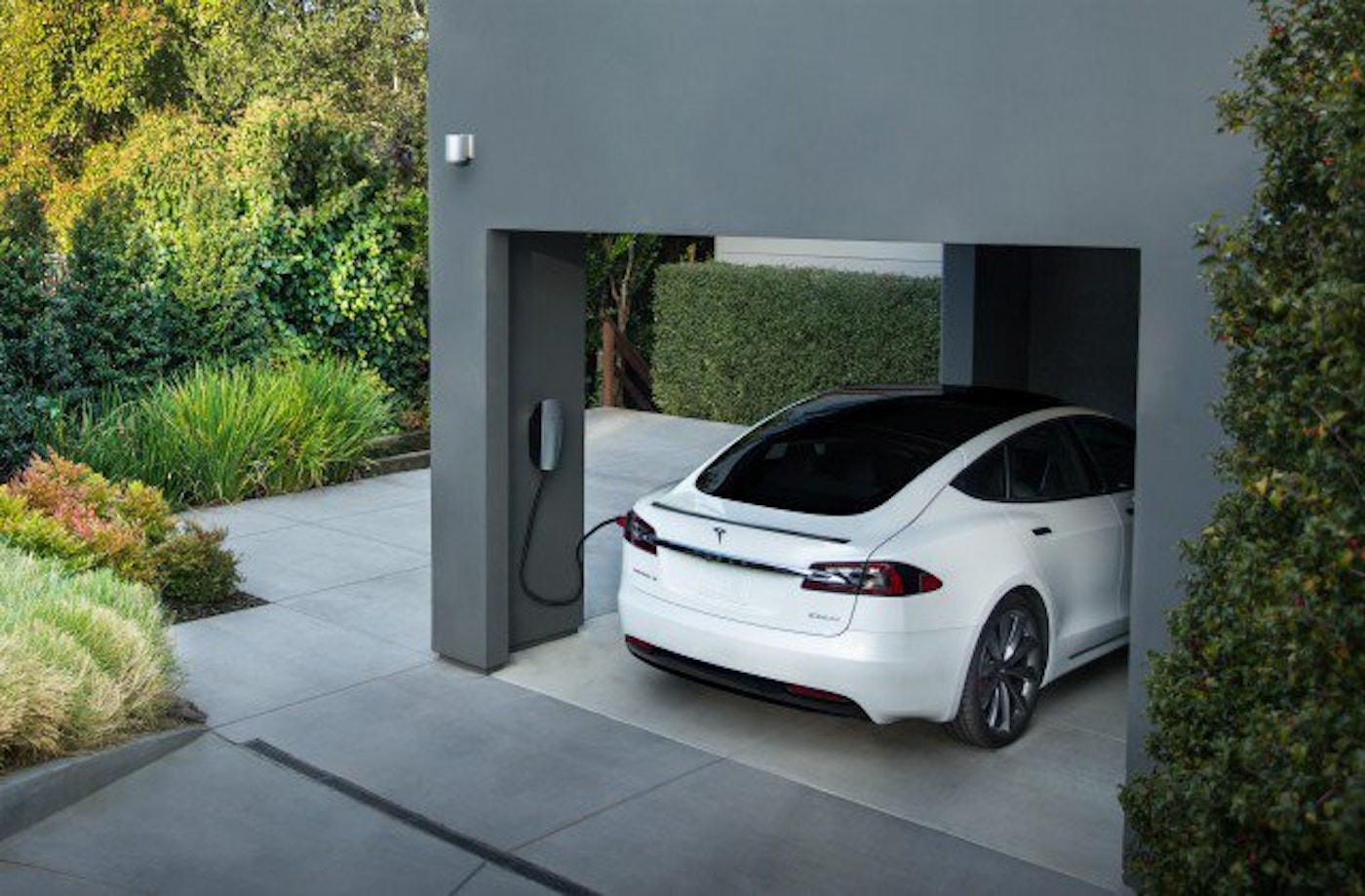
What does the future of EV charging look like?
In the near future, wireless electric vehicle chargers will make charging electric cars even easier. This type of technology is being developed and tested in some countries and could be rolled out globally within the next few years.
Alongside the Australian Government's investment in Electric Vehicle charging infrastructure, a new era of widespread, convenient super fast-charging of EVs is emerging. And the fact that the super-fast EV charging stations of the future will likely all be powered using solar power, further proves that the days of petrol cars are numbered.
Charging an electric car will very soon be a hassle-free, eco-friendly process that will make owning and driving an EV even more desirable. When the day arrives that divers can simply drive over an inductive charging plate and their EV automatically begins charging, the future of EV charging will be here.
Final thoughts
When it comes to EV charging, car owners have plenty of options available to them. From free public chargers and home wall boxes to wireless charging pads and ultra-fast superchargers. The future of EV charging looks bright, with renewable energy powering the charge points of tomorrow, making electric vehicles even more attractive than they already are.
It would be nice if charging an electric vehicle was as widely understood as filling up a petrol car with fuel, but unfortunately, that is not yet the case. Although EV charging in Australia is likely to become more standardised and convenient in the near future, understanding the available charging options and costs is essential to ensure you get the most out of your electric vehicle.
Hopefully, now that we have answered the question of ‘How do you charge an electric car?’, those considering purchasing an EV will feel more confident and informed about what the process entails. As more people switch to electric vehicles in the coming years, not only will we see a greater uptake in EV charging infrastructure, but also the emergence of more advanced EV technology. This means that future EV drivers will benefit from even better EV driving experiences.
If it's time for you to upgrade to an electric vehicle and you want to find out more about your financing options, Driva can help. At Driva, we compare the rates of the more than 30 lenders in our network to find you the best EV loan based on your unique circumstances. Simply tell us a little more about yourself and your vehicle requirements, and we'll do the rest.
At Driva, we make it easy to go electric.
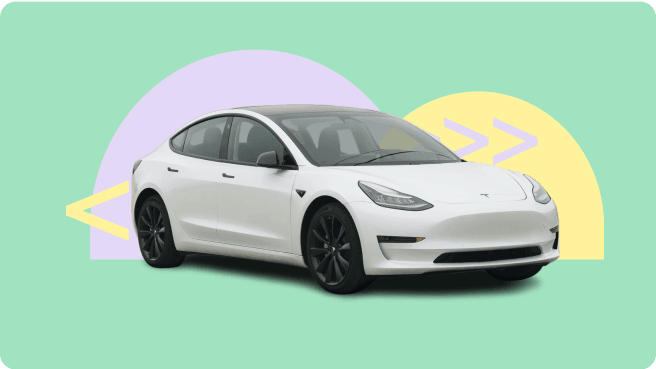

.png)
